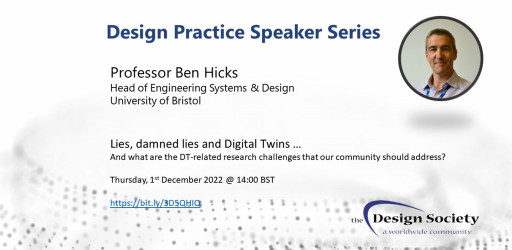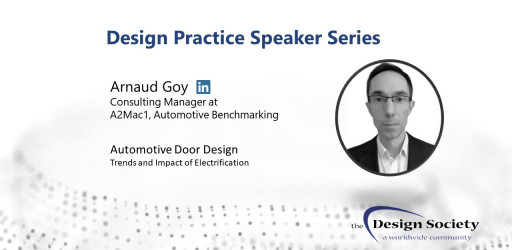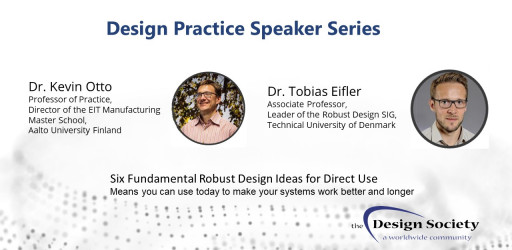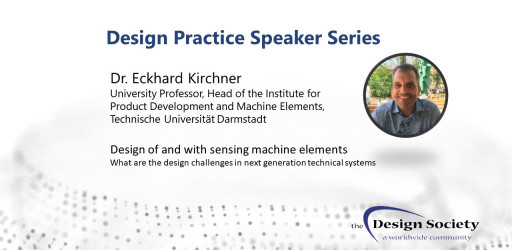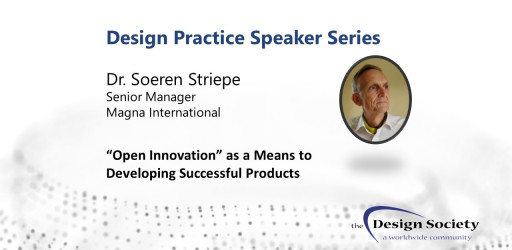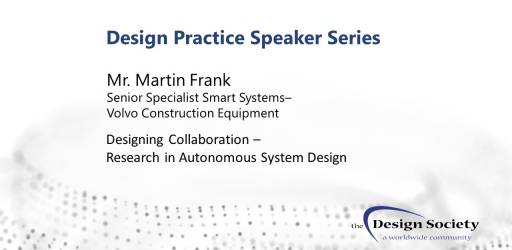Loudon, Gareth; Wilgeroth, Paul; Deininger, Gina // 2012
It is more important than ever that our product design graduates have a better understanding of how to enhance their creative skills in order to design and develop new innovative products. This paper ...
Liem, Andre // 2012
The objective of this article is to reflect six models of “Design” reasoning against the four generic perspectives of business strategising. The selection of these six models was based upon their ...
Yuan, X.; Chiu, W.; Lee, J.; Wu, Y. // 2012
As a creative problem solving process, product design involves designers‘ prior experience. This study investigates the effects of prior experience on the product designers‘ creativity as well as ...
Wylant, Barry Dean // 2012
This paper addresses the use of theory within student efforts to complete design theses. Background sections outlining features of problem space and solution space are provided to contextualize and ...
Özçelik Buskermolen, D.; Terken ,J. M. B. // 2012
This research aims to reveal the factors which motivate designers to use particular design representations in their communication with different stakeholders. The study describes the types of design ...
Luedeke, Tobias; Vielhaber, Michael // 2012
Existing process models for the development of mechatronic systems do not consider the task for weight reduction and its positive effects for the manufacturing and usage phase of systems, e.g. ...
Brosch, M.; Beckmann,G.; Krause ,D. // 2012
Various factors and an increase of the product variety leads to an increase in complexity both at the level of product and the level of the supply chain design. A study has identified the need to ...
Parraguez Ruiz, Pedro; Maier, Anja M. // 2012
The purpose of this paper is to provide an overview of the available literature concerning the understanding and improvement of co-design processes. The most pertinent aspects of such processes are ...
Pati, Luis Fernando // 2012
One of the most used methodologies for project development in engineering consists of starting with a market necessity, developing a concept, materializing it, and designing details in order to enter ...
Siyam, G.I.; Kirner, K.G.M.; Wynn, D.C.; Lindemann, U.; Clarkson, P.J. // 2012
This paper explores the relationship between value and waste in the context of Lean Product Development (LPD). Although value and waste belong to prominent concepts being explored in the
effort of ...
Snider, C. M.; Cash, P. J.; Dekoninck, E. A.; Culley, S. J. // 2012
This paper presents results from an experiment studying the creative behaviour of 14 engineering designers during a later stage engineering design activity; with the aim of identifying important ...
Nagai,Yukari; Georgiev , V.Georgi; Gwilt, Ian // 2011
This paper concerns the nature of creativity in the case of open-ended design process. In contrary to the goal-oriented design, the open-ended design process involves formation of design image and ...
Scudieri, Paul; Lilly, Blaine // 2011
The fundamental goal of the engineering and industrial design disciplines is to conceive and implement the design, fabrication, and operation of objects to meet real human needs. When the process is ...
Gulden, Tore; Berg, Arild // 2011
Research and practice have engendered several creative tools on how to generate ground-breaking products with less environmental impact adjusted to a down-to-earth production state. However the ...
Lehtonen, Timo; Juuti, Tero; Oja, Hannu; Suistoranta, Seppo; Pulkkinen, Antti; Riitahuhta, Asko // 2011
In this paper we propose the most serious shortcomings that restraint the use of academic design methodologies in industry. The focus is on the level of clarity on the design goals, formulated as: ...
Krüger, Daniel; Stockinger, Andreas; Wartzack, Sandro // 2011
The overall goal of the design process is to create products of good usability. A human-centered design process is characterized by a continuous involvement of the prospective user of the product. ...
Sakaguchi, Syo; Tsumaya, Akira; Yamamoto, Eiko; Taura, Toshiharu // 2011
This study aims to develop a method for supporting the designs of new functions by extending the conventional design processes in conceptual design. By focusing on concept blending that can create ...
Kissel, Maximilian; Hellenbrand, David; Lindemann, Udo // 2011
The success of a company is sustainably dependent on the robustness of their products. Product concept should be designed adaptable for initiated changes but resistant against unforeseen changes. But ...
Drémont, Nicolas; Graignic, Pascal; Troussier, Nadčge; Whitfield, Robert Ian; Duffy, Alex // 2011
Design process is dynamic and uses an important number of models during its progress. CAD (Computer Aided Design) models and CAE (Computer Aided Engineering) are used during design and an important ...
Kortler, K.; Helms, B.; Shea, K.; Lindemann, U. // 2011
During the planning and development process of innovative products diverse changes of the product architecture occur. Changes are often discovered in the late phases of the product development ...
Robert, Aurélie; Yan, Xiu Tian; Roth, Sébastien; Deschinkel, Karine; Gomes, Samuel // 2011
This article describes an approach dedicated to routine design of “highly productive” modular product ranges incorporating principles of functional analysis, Design For Assembly (DFA), and techniques ...
Sun, Ganyun; Yao, Shengji // 2011
This paper proposes a new framework of studying the cognitive model of creative design. In this paper, first the general cognitive process of creativity is reviewed, and then current studies of the ...
Motte, Damien; Bjärnemo, Robert // 2011
It has often been mentioned that the scientific process is quite opposite to the design process, mainly consisting in the analysis of existing phenomena in order to develop a theory, the design ...
Prieto, Pablo Andrés // 2011
A method that uses the interaction of two and three dimensional environments to carry out the geometric modeling and refinement steps of the product development process is presented. The 2D ...

